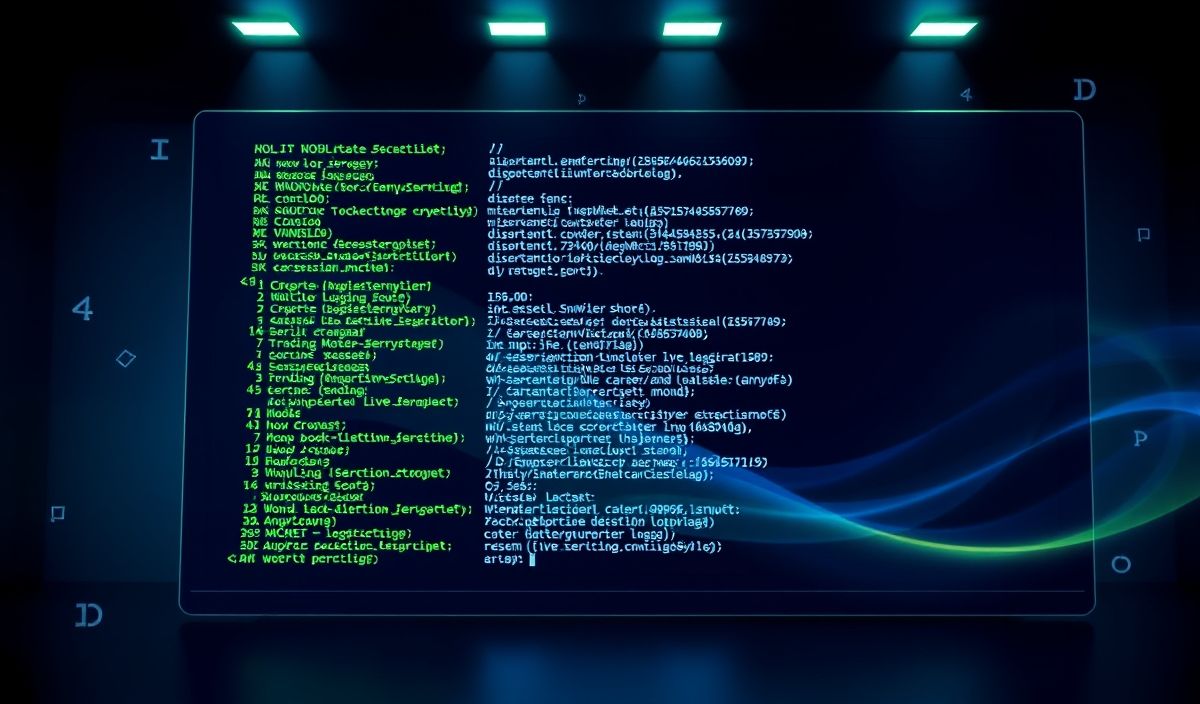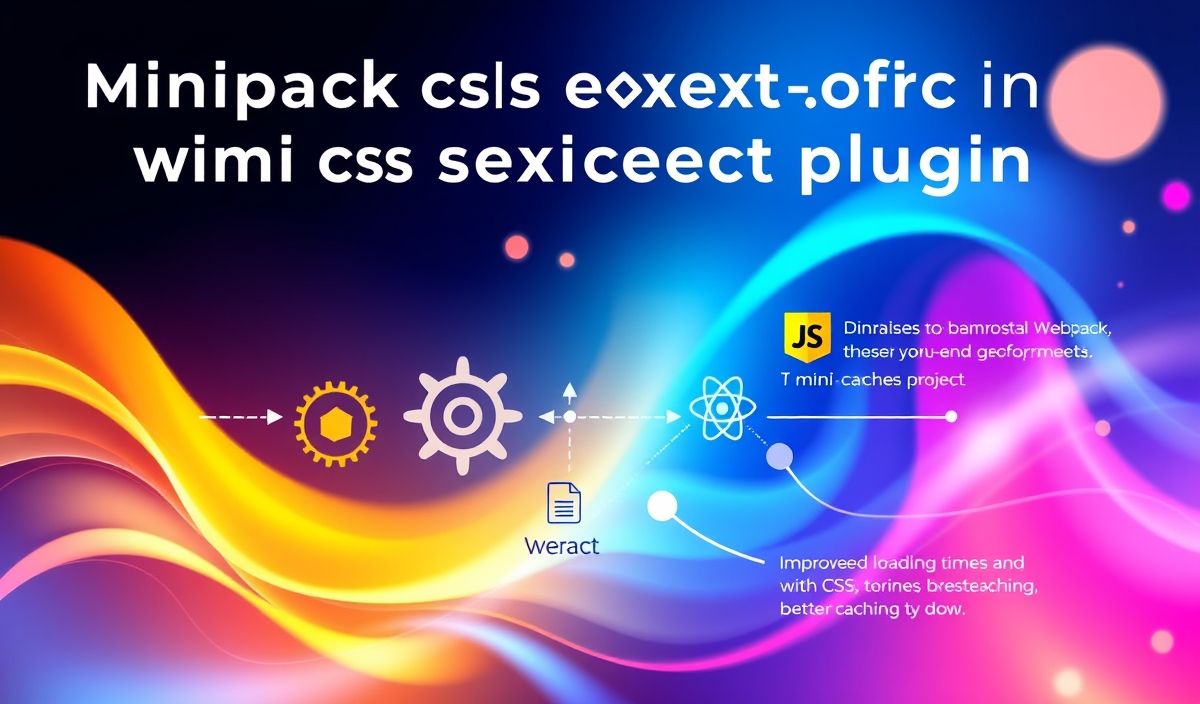Comprehensive Guide to NVIDIA CUDA Runtime CU11 API
The NVIDIA CUDA Runtime CU11 is a foundational framework for developers leveraging GPU acceleration in their applications. With support for parallel computing, the runtime provides numerous APIs designed for high-performance computing, deep learning, and scientific simulations. This guide will introduce key APIs, examples, and an application example encapsulating the power of CUDA Runtime CU11.
Getting Started with CUDA Runtime CU11
Before diving into APIs, ensure you have installed the CUDA Toolkit. You can download it from NVIDIA’s official website. The CUDA Runtime provides a user-friendly, high-level API interface to handle memory allocation, parallel computation, and device management.
Useful APIs in NVIDIA CUDA Runtime CU11
1. cudaMalloc – Allocating Memory on the Device
This API allocates memory on your GPU device for computation.
cudaError_t cudaMalloc(void **devPtr, size_t size); // Example float *d_array; size_t size = 10 * sizeof(float); cudaMalloc((void**)&d_array, size);
2. cudaMemcpy – Copying Data Between Host and Device
Transfer data between CPU (host) and GPU (device).
cudaError_t cudaMemcpy(void *dst, const void *src, size_t count, cudaMemcpyKind kind);
// Example
float h_array[10] = {0.0, 1.0, 2.0, 3.0, 4.0, 5.0, 6.0, 7.0, 8.0, 9.0};
cudaMemcpy(d_array, h_array, size, cudaMemcpyHostToDevice);
3. cudaFree – Freeing Device Memory
Release allocated GPU memory once computations are complete.
cudaError_t cudaFree(void *devPtr); // Example cudaFree(d_array);
4. cudaMemset – Setting Memory
Initialize or reset GPU memory to a particular value.
cudaError_t cudaMemset(void *devPtr, int value, size_t count); // Example cudaMemset(d_array, 0, size);
5. cudaGetDeviceCount – Query Available Devices
Find out the number of GPUs available on a system.
cudaError_t cudaGetDeviceCount(int *count);
// Example
int device_count;
cudaGetDeviceCount(&device_count);
printf("Number of CUDA devices: %d\n", device_count);
6. cudaDeviceSynchronize – Synchronize Device
Waits for the device to finish all preceding tasks.
cudaError_t cudaDeviceSynchronize(); // Example cudaDeviceSynchronize();
7. Kernel Launch Syntax
Parallelize computations with a kernel function.
// Example
__global__ void addArrays(float *a, float *b, float *result, int n) {
int idx = threadIdx.x + blockIdx.x * blockDim.x;
if (idx < n) {
result[idx] = a[idx] + b[idx];
}
}
dim3 blocks(2, 1, 1);
dim3 threads(512, 1, 1);
addArrays<<>>(d_a, d_b, d_result, n);
Application Example: Vector Addition
Below is a complete example using the discussed APIs to perform vector addition:
#include <cuda_runtime.h>
#include <iostream>
__global__ void vectorAdd(const float *a, const float *b, float *result, int n) {
int idx = blockIdx.x * blockDim.x + threadIdx.x;
if (idx < n) {
result[idx] = a[idx] + b[idx];
}
}
int main() {
int n = 1000;
size_t size = n * sizeof(float);
// Host memory
float *h_a = (float*)malloc(size);
float *h_b = (float*)malloc(size);
float *h_result = (float*)malloc(size);
// Initialize input vectors
for (int i = 0; i < n; i++) {
h_a[i] = static_cast<float>(i);
h_b[i] = static_cast<float>(i);
}
// Device memory
float *d_a, *d_b, *d_result;
cudaMalloc((void**)&d_a, size);
cudaMalloc((void**)&d_b, size);
cudaMalloc((void**)&d_result, size);
// Transfer to device
cudaMemcpy(d_a, h_a, size, cudaMemcpyHostToDevice);
cudaMemcpy(d_b, h_b, size, cudaMemcpyHostToDevice);
// Execute kernel
int threadsPerBlock = 256;
int blocksPerGrid = (n + threadsPerBlock - 1) / threadsPerBlock;
vectorAdd<<>>(d_a, d_b, d_result, n);
// Copy results back
cudaMemcpy(h_result, d_result, size, cudaMemcpyDeviceToHost);
// Check results
for (int i = 0; i < n; i++) {
std::cout << h_result[i] << " ";
}
// Free memory
free(h_a);
free(h_b);
free(h_result);
cudaFree(d_a);
cudaFree(d_b);
cudaFree(d_result);
return 0;
}
Conclusion
The NVIDIA CUDA Runtime CU11 offers an extensive set of APIs to harness the processing power of GPUs for various domains of computation. This guide has covered a selection of these APIs and provided a complete example of vector addition. Explore more APIs in the CUDA documentation and try integrating GPU computing into your next project!




